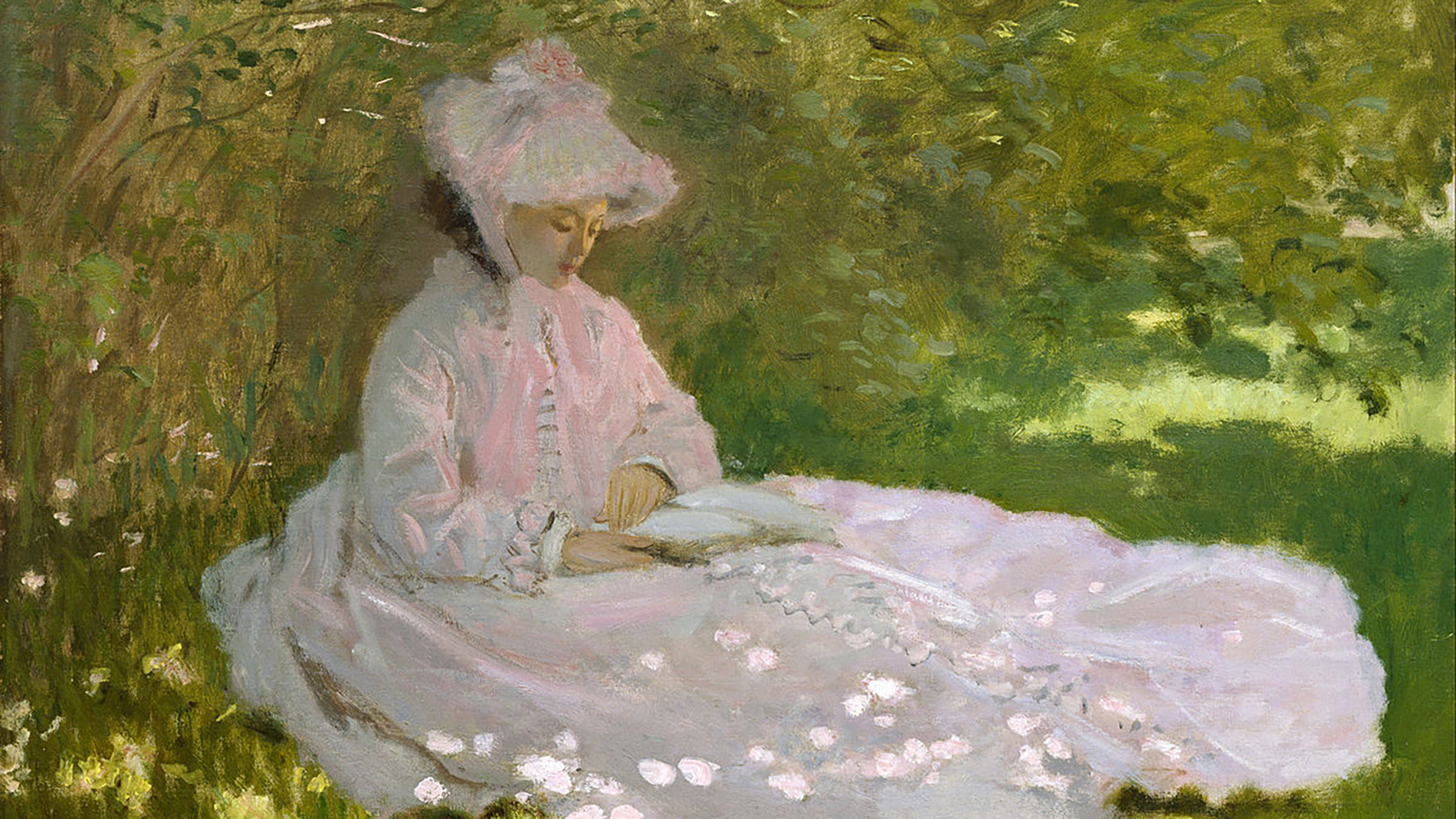Meeting Claude Monet early in his career, becoming his model, lover and finally his loving wife through many difficulties, Camille Doncieux is a typical example of a true muse who had a great influence on the artist.
Camille Doncieux's life was like an instrumental song, humble, not noisy but not lacking in ups and downs and bitterness and sweetness. Although to date, the only documents about her remaining are a photograph and a few works of art, the story of the muse Camille still inspires generations of art lovers.
The art of connecting two hearts
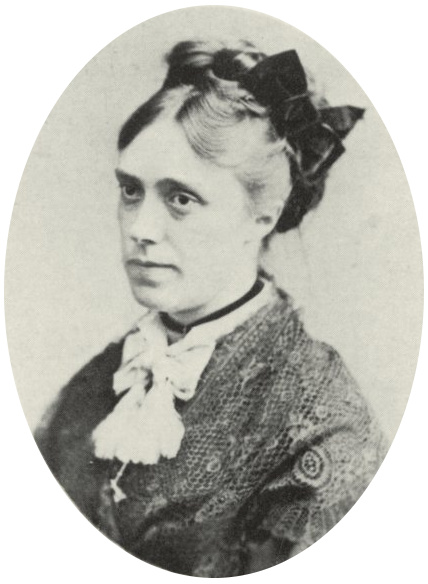
Camille Doncieux

Claude Monet
Camille Doncieux was born in 1847 in France to a family of the lower class. As a teenager, she began working as a painting model to help support her family. And meeting Claude Monet at the age of 18 marked a turning point that completely changed the young girl's fate. Camille began modeling for a series of Monet's works and feelings gradually blossomed between the two passionate hearts.
As for Monet, the 25-year-old artist, who had just started his career, found inspiration in the young woman's beautiful appearance, bright eyes and charisma. Like newly in love couples, they were inseparable. The romance of their budding relationship became the driving force, giving Monet the inspiration to create many highly appreciated works.
Luncheon on the Grasswas one of the first bold moves of Monet's career, as it recreated Edouard Manet's work of the same name - which had been controversial for its carnal and naked nature. Not surprisingly, Camille Doncieux appeared at the center of the painting. The work later sold for 800 francs, an extremely impressive sum for a then unknown young artist.

Luncheon on the Grass - Claude Monet
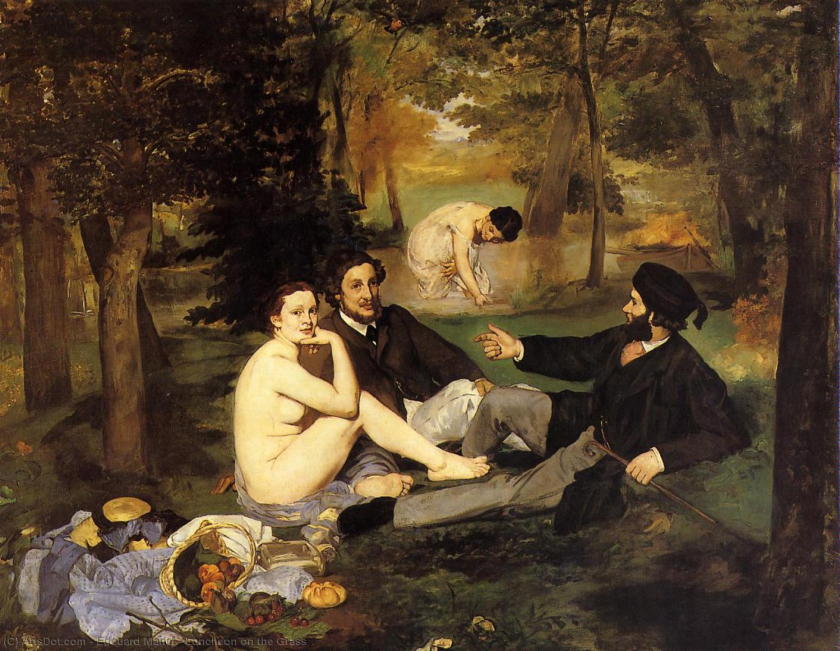
Luncheon on the Grass - Edouard Manet
In 1866, Monet continued to achieve success with his workWoman in the Green Dress (Camille). It is a portrait of a beautiful muse in a graceful and outstanding blue dress. The work was praised by The Salon - the most prestigious art exhibition in Paris at that time and many famous critics. By including Camille's name in the work, Monet proudly honored his beautiful muse and also implicitly affirmed his emotional relationship with the public.

Woman in the Green Dress - Camille (1866) - Claude Monet
Being a model for an artist is not an easy task. It requires not only certain techniques but also the model must be able to express the spirit of the work, thereby inspiring the artist to sublimate with his brushstrokes. As the person closest to Monet and understanding his feelings, Camille did this very well.
In the workWomen in the Garden, Camille plays all four characters with grace, bringing the spirit of a cheerful and comfortable stroll under the sweet afternoon sun. Although the work was not accepted for exhibition by The Salon due to its unconventional use of brushstrokes,Women in the Gardenremains one of Monet's most popular works to this day.

Women in the Garden (1866) - Claude Monet
The young couple's attachment is also recorded through the work.Monet Painting on His Studio-Boatby his predecessor, also a close friend and colleague - Edouard Manet. In it is an image of Monet passionately painting the landscape in his boat studio, next to his muse Camille lovingly watching her lover's every move.

Monet Painting on His Studio-Boat (1874) - Edouard Manet
Love overcomes barriers
It was thought that the love affair between the talented artist and the beautiful muse would pass peacefully and romantically, but financial difficulties were the major obstacle they had to face. At that time, Monet was just a young painter just starting his career, although he had some praised works, the money he earned was still not enough to cover his living expenses. The young couple even went through days without enough money to eat, and of course not enough to buy art supplies to serve their passion for art.
The relationship between Monet and Camille also faced strong opposition from Monet's family, most likely due to the huge difference in background. Therefore, despite being born into a wealthy family, Monet still did not receive support from his relatives during the most difficult period. To prevent his feelings from deepening, Monet's father even promised to help him continue his artistic career on the condition that he completely ended his relationship with Camille.

In the Meadow (1876) - Claude Monet
The young couple's love was on the brink due to economic difficulties and pressure from their families. The couple had to temporarily break up and reunite many times. In 1867, Camille became pregnant with Monet's first son and from then on, he was determined to build a small family with his muse. They held an official wedding later, which meant that Monet agreed to give up all financial support from his family.

Springtime (1872) - Claude Monet
Although financial burdens were still a constant obsession, home was still the place where Claude Monet sought peace of mind. In the following years, he painted many pictures of his wife and son. Among them, the most successful and praised work wasWoman with a Parasol - Madame Monet and Her Son(1875). Not only does it demonstrate mastery in using soft brush strokes to depict movement, the shimmering light effects reflected on each fold of skirt, each flower and blade of grass, but the painting also conveys a peaceful, happy atmosphere of a small family, despite the many difficulties surrounding it.
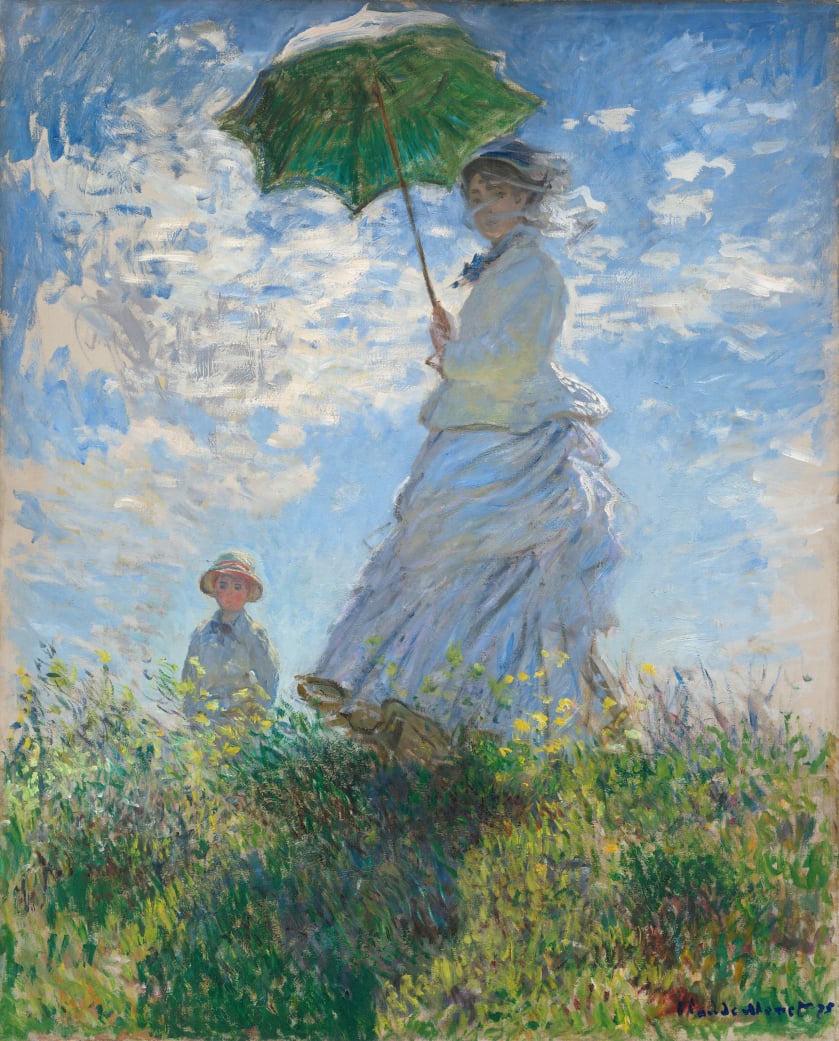
Woman with a Parasol - Madame Monet and Her Son (1875) - Claude Monet
The Sad End of a Muse
In 1878, Monet and Camille's second son was born. The arrival of the new member was a great joy for the whole family, but at the same time, Camille's health was declining.
At that time, they moved to Vetheuil - a small town next to the Seine River near Paris and shared a house with the family of Ernest Hoschedé - an art collector who had patronized Monet and was also having financial difficulties.
Not long after, darkness once again fell upon the small family: Camille passed away at the age of 32. The loss of his wife left Monet deeply heartbroken. He painted the last painting of his muse right at her hospital bed, at the moment she breathed her last. It was also the most intense and sad work in the great artist's career, with strong brushstrokes, as if containing pain and anger, along with cold colors representing the surrounding death.
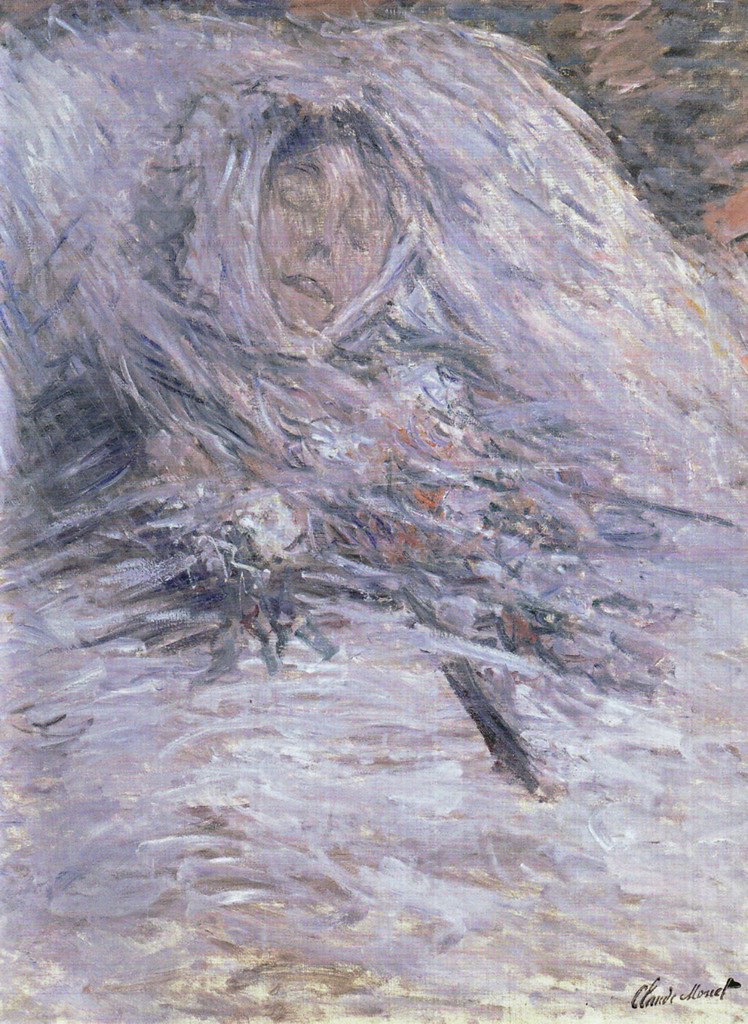
Camille Monet on her Deathbed (1879) - Claude Monet
“I was there, by the bed of the woman who had been and still is so important in my life... I caught myself staring at that sad forehead, watching the changes in color as death slowly invaded... Blue, yellow, gray... reflexes urged me to act against my own consciousness” - Monet shared with a friend about the paintingCamille Monet on her Deathbed.
After Camille died, Monet was plunged into grief. Alice, Ernest Hoschedé's wife, comforted him and stood by him through his grief and crisis. Alice had separated from her husband and continued to live in the same house with Monet. Rumors began to spread that a new relationship had begun to develop. Shortly after, they moved to Giverny together and were officially married in 1892.
Even though he remarried, Camille's image still haunted Monet's heart. Many sources said that, because of jealousy of her husband's love for his late wife, Alice destroyed all of Camille's mementos. Therefore, until now, people can only admire the muse through a few remaining works and only one portrait of her.

Alice Hoschede in the Garden (1881) - Claude Monet
During nearly 20 years together, Camille was not only a beautiful woman who inspired Monet's artistic creation, strength and enthusiasm, but also a confidant and a companion full of perseverance and sacrifice. Although she did not witness her husband's blossoming success after going through many hardships together, Camille was always known as the most important muse in the career and life of the great painter.
Some outstanding works about the muse Camille Monet

- Title of work: Luncheon on the Grass
- Year of composition: 1865-1866
- Author: Claude Monet
- Currently on display at: Museé d'Orsay, Paris, France
- Entrance fee: 13-16 Euro

- Title of work: Springtime
- Year of composition: 1872
- Author: Claude Monet
- Currently on display at: The Walters Art Museum, USA
- Admission fee: Free

- Title of work: Women in the Garden
- Year of composition: 1866
- Author: Claude Monet
- Currently on display at: Museé d'Orsay, Paris, France
- Entrance fee: 13-16 Euro

- Work title: Woman with a Parasol - Madame Monet and Her Son
- Year of composition: 1875
- Author: Claude Monet
- Currently on display at: National Gallery of Art, USA
- Admission fee: Free
*Read the previous issuehere






